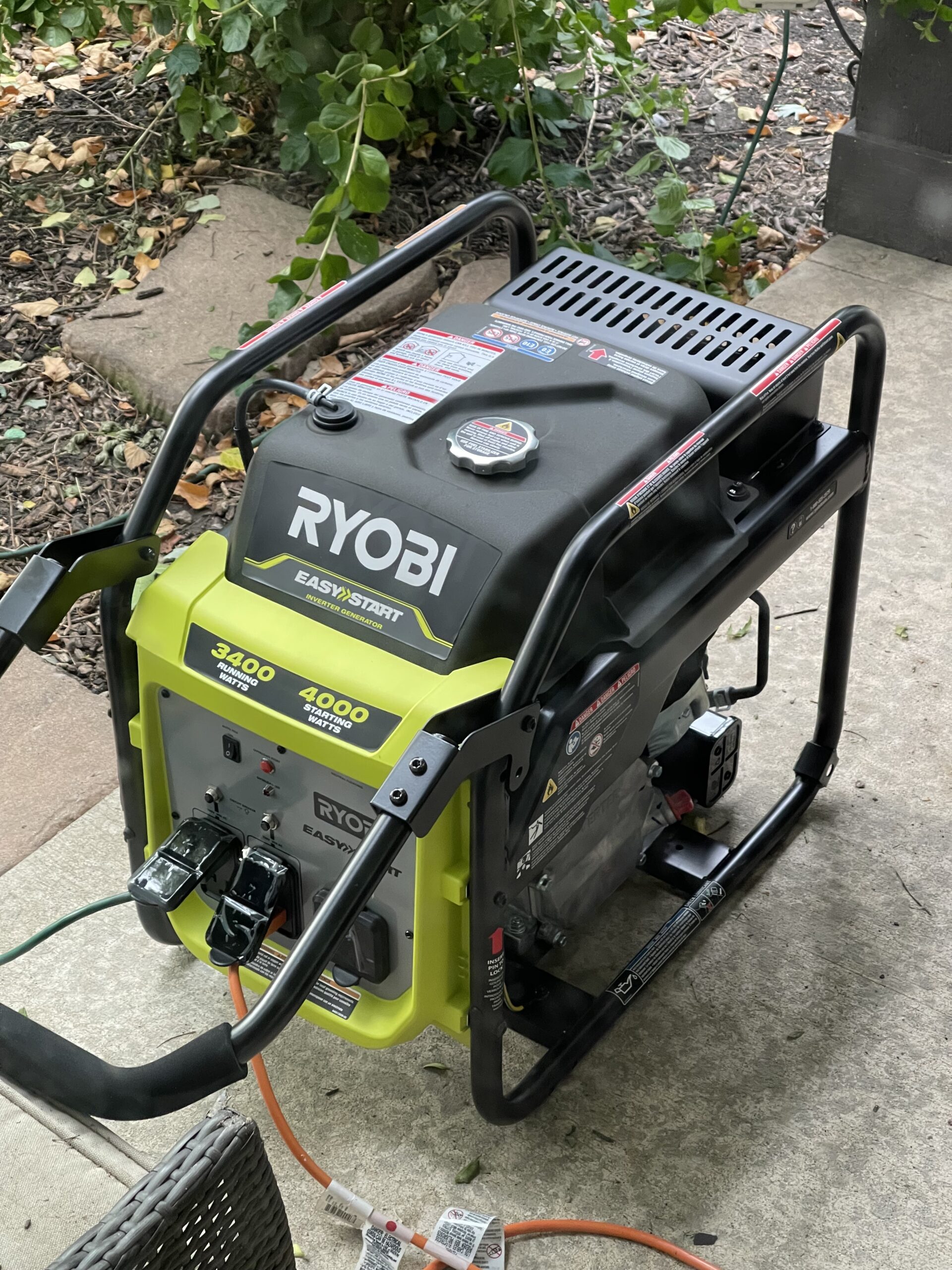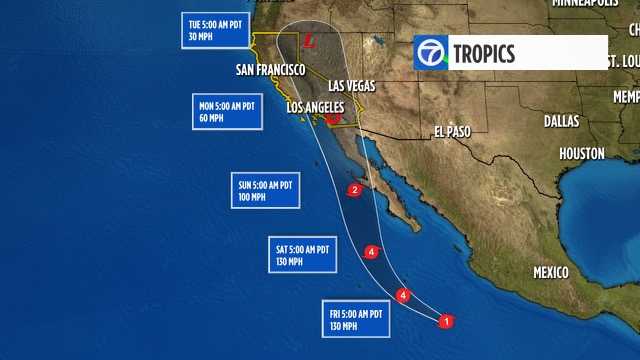Southern California is well known for having amazing weather year-round, so hearing there is a hurricane looming off the coast may come as a surprise. The last time a tropical storm hit the west coast was in 1939.
NOAA is predicting that when Hilary makes landfall early Monday morning in Southern California she will be a tropical storm. However, no major storm should be taken lightly when it comes to disaster preparedness. It’s not uncommon for these storms to produce high winds, heavy rainfall, and in some cases – tornadoes.
As reef keepers, it is our responsibility to maintain a stable environment in our aquariums. Do you have an emergency power plan?

Having just gone through a 3.5 day power outage I can attest, the best power plan is a generator if you have the funds to do so. If not, here are some low-budget, temporary patches to help get you through a minor power outage.
Battery-Powered Air Pumps – Water circulation and aeration are key. At the very least you should have 1-3 of these per tank (depending on size). For instance, I had 2 pumps for my 4ft tank, 1 pump for my 25g, and another for my 10g. Don’t forget batteries!
Frozen RODI Packets – During the summer months you don’t have to worry about a heat source. However, it’s likely your home will be lacking any kind of climate control and this can raise the temperature in a reef tank. Freeze ziplock bags of RODI so if they do end up leaking into the tank, it’s ok.
Extra RODI Water – make some extra RODI for top off.
Power Inverter for Car – You can, in a pinch, use your car as a generator. These inverters are relatively inexpensive and can be found on Amazon, big box department stores, or auto shops.

We sincerely hope this storm passes with minimal damage. These suggestions will get you through a minor power outage but they are only a temporary patch. For longer power outages you’ll need some sort of generator or large battery backup in place. If you’re not prepared for a power outage, let this be your excuse to purchase some emergency gear.



